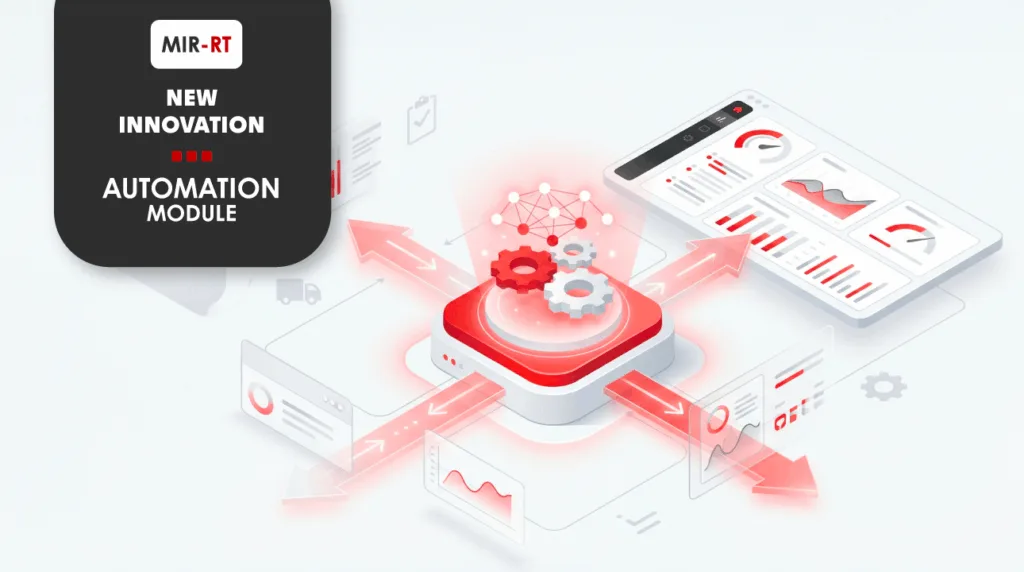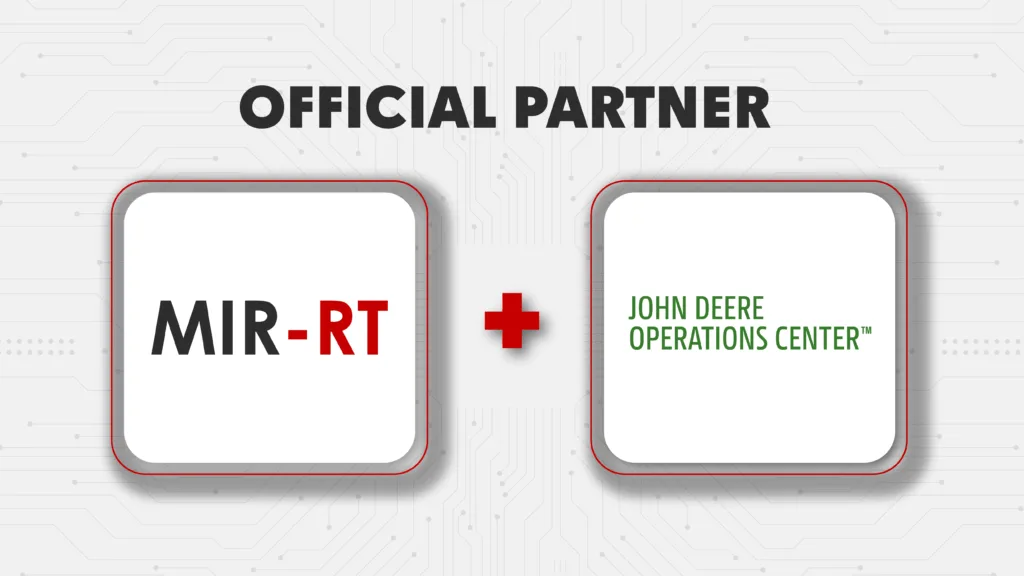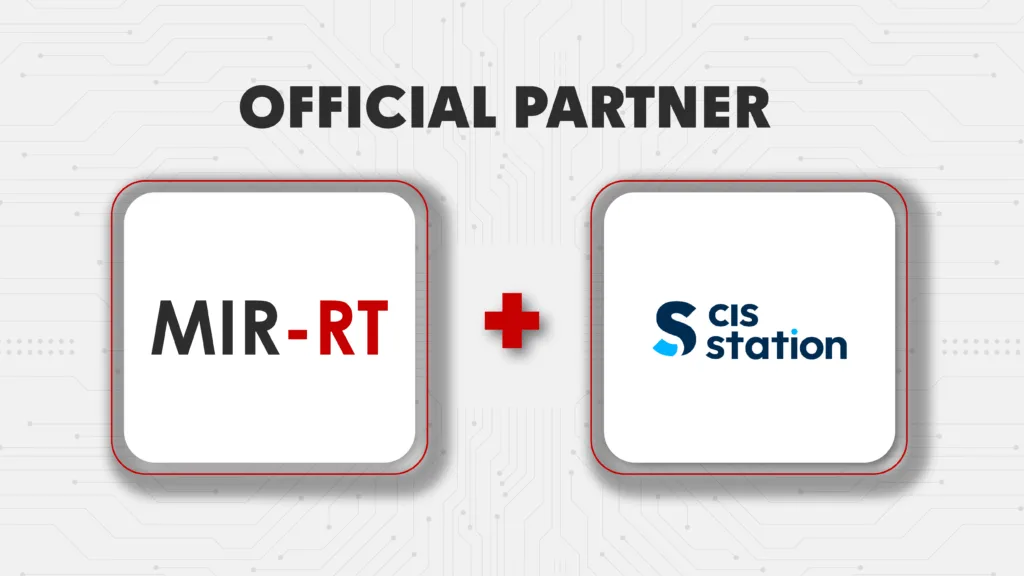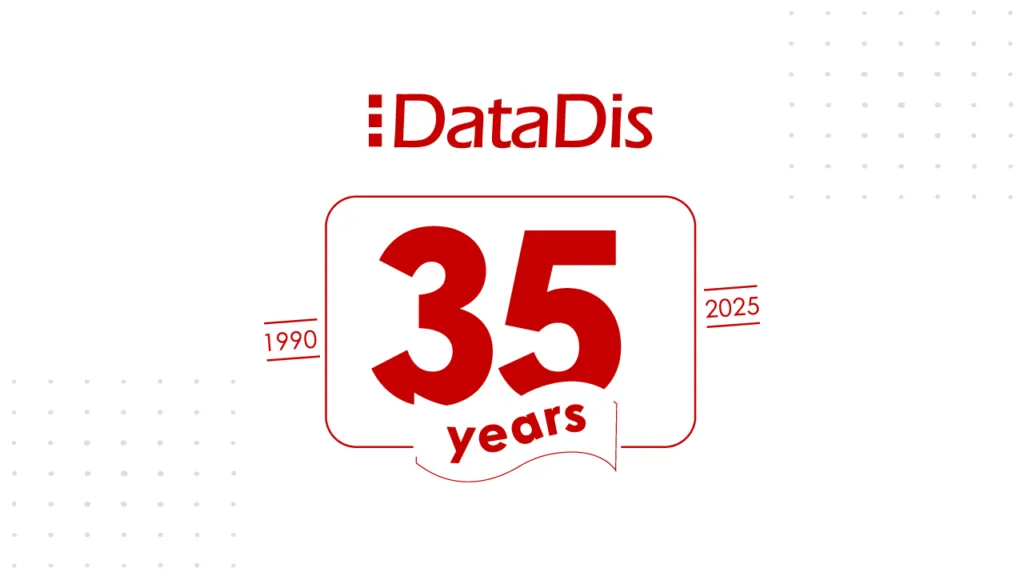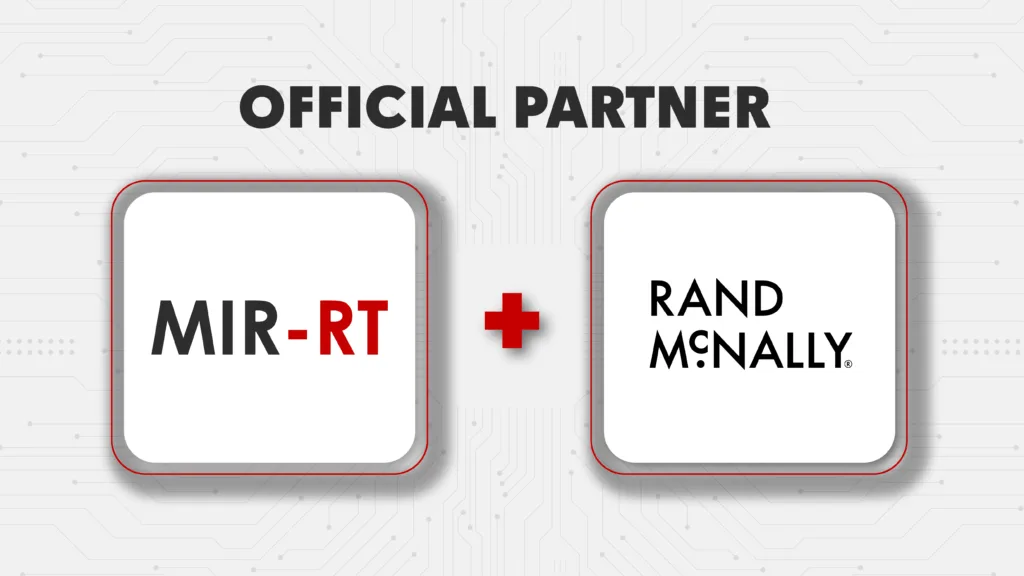Are you currently using Excel spreadsheets or paper sheets to keep control of your fleet maintenance management but are constantly missing preventive maintenance? Are you already using maintenance software that no longer meets your needs? This means that implementing new heavy-duty shop management software is essential. We have written a comprehensive article to help you choose the right software. With this key change in the company’s evolution, it often feels like the challenge is mobilizing your team, particularly long-standing mechanics, to abandon current processes and embrace digital transformation or new software. However, with a good action plan and support, the challenge can be accomplished quickly and successfully. Here are six steps to overcome resistance to digital transformation in fleet maintenance.
1. Start with a Comprehensive Kick-Off Meeting
To avoid resistance to change within your team, starting the implementation process of new maintenance software with a detailed kick-off meeting is essential. This meeting should define a plan that includes the project objectives, deadlines, resources, and key steps. In this first meeting with the project manager assigned to your software implementation, ensure the project manager within your organization is present as well as the various stakeholders who will play a decisive role during this process. An important stakeholder excluded from such a meeting is more likely to resist change because they will miss out on crucial information about the next steps.
Additionally, this kick-off meeting is an opportunity to analyze and understand the needs and expectations of end users and communicate the reasons for the change, the benefits expected from this new solution, and the potential impacts. In short, this meeting sets a good foundation and is essential for a successful implementation.
2. Maintain Open Communication with Weekly Meetings
Starting with a good foundation is essential but must remain solid throughout the process. To do this, it is crucial to organize regular weekly meetings, keeping stakeholders informed and engaged. Use these meetings to update the team on progress, collect feedback, and recognize your team’s successes, big and small. This continuous communication helps maintain motivation and engagement throughout the implementation process.
For example, a team member encountering issues with the new software but never having the opportunity to be heard by project managers is likely to resist the change and blame the latest software solution for their problems, even if it might simply be user error.
3. Provide Tailored Training and Accessible Support
There is no better way to overcome resistance to change than to train people adequately. Indeed, users who understand how to do their job using the maintenance software rarely resist change because they see the added value that this new tool offers. Imagine being asked to play the piano without knowing how to read music. You would likely feel uncomfortable and develop some bitterness towards the piano. The same goes for using heavy-duty shop management software like MIR-RT. Ensure that personalized training sessions are provided to meet the needs of each stakeholder to guarantee that end users are comfortable with the new software.
Moreover, it is relevant to identify the potential impacts of implementing the new software on existing processes and employees’ daily work to tailor the training to their reality. Ensure that technical support is accessible to respond to questions and resolve issues quickly. Once again, users who do not get answers to their questions are more likely to resist adopting the change. In short, personalized training and quickly available technical support help reduce anxiety and build confidence in using the new system.
4. Consider Implementing the Maintenance Software in Phases (If Needed)
Depending on the scope of your maintenance software implementation project, opting for a phased implementation may be wise. Indeed, we tend to see an implementation project as one enormous, intimidating task. Still, by breaking it down and progressively implementing the software department by department, the process is more straightforward than initially thought. If your organization has multiple divisions, it is also possible to implement the new maintenance software in each of them during different project phases.
In addition to being more pleasant for all stakeholders, phased implementation mitigates risks and allows for quick adjustments based on feedback. This gradual approach allows for fine-tuning the system and resolving issues in real-time, facilitating the transition. In short, it reduces the risk of resistance to change from stakeholders who need more time to grasp the new working methods fully.
Success Story: When Contrans wanted to implement MIR-RT software in its American organization, it was decided during the kick-off meeting that this large-scale implementation project would be carried out in three phases. In each phase, a different division of Contrans USA was trained and supported from start to finish. This phased rollout allowed each division of Contrans USA to adapt to MIR-RT at their own pace, learning from the previous phase and ensuring a smoother overall transition.
5. Highlight Individual Successes and the Long-Term Benefits of Maintenance Software
During weekly meetings, sharing your team’s small successes can help create momentum and reinforce the new system’s advantages. To mobilize your team and avoid resistance to change, identify simple, easily executable tasks using the latest software and provide positive reinforcement when they succeed. Your colleagues will gradually see that the software is easy and that they can even become very proficient in using it. Always highlight immediate improvements, and remember to communicate the long-term benefits and time savings to reinforce the software’s value in their eyes.
For example, emphasizing that a colleague successfully learned how to manage work orders in the past week will likely turn that colleague into a positive opinion leader who will help mobilize other team members because he feels valued.
6. Involve Positive Opinion Leaders and Organizational Change Champions
No one knows your team better than you. You are well-placed to identify and involve employees favourable to change within your organization. These individuals can help promote the software and encourage their peers’ buy-in. These key users and positive opinion leaders can address other team members’ concerns, debunk myths, and actively support the digital transition.
Since their influence can be crucial for broader team acceptance, it is essential to convince them of the benefits of switching to the new maintenance software for their daily work from the beginning of the project. It is wise to designate those who stand out for their openness to change and their skills in using the software as resources to help those struggling at the beginning of the learning curve.
Conclusion
As you can see, resistance to change in implementing maintenance software often stems from poor planning or communication. By taking the time to establish a solid action plan and surrounding yourself with the right people, you will find that the challenge of overcoming resistance to change is much less complicated than it seems and that your team members may be more willing to adopt high-performance maintenance software than you initially thought. To maximize your chances of successfully implementing high-performance heavy vehicles and equipment maintenance software, work with the best in the industry, the DataDis team, provider of the MIR-RT software.
To see how DataDis has helped hundreds of companies like yours, click here.






